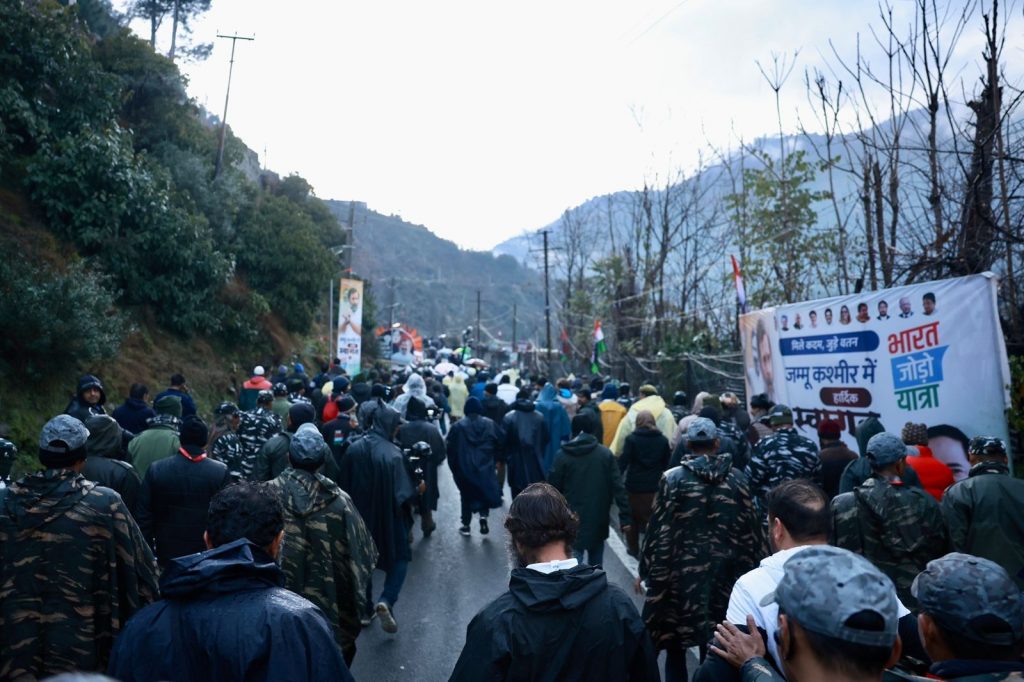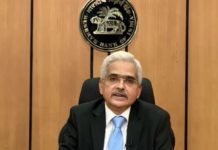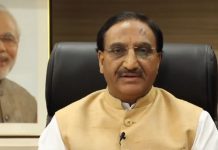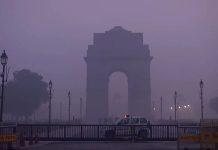The Congress has finally shown some assertiveness about pursuing an inclusive political agenda. Looking at the public response the Bharat Jodo Yatra has evoked, the message seems to have had some impact, although its electoral implications are still uncertain, writes Riaz Wani
The last leg of Congress leader Rahul Gandhi’s yatra in Jammu and Kashmir generated some political buzz. For one, it reinvigorated the party’s rank and file in the union territory boosted further by the return of leaders who had joined the former Congress leader Ghulam Nabi Azad’s newly floated Democratic Azad Party. And for another, Congress entered the former state with a proper political agenda: it sought Article 371 for J&K.
“Regions like Mizoram, Manipur, Meghalaya, Tripura, Himachal Pradesh, Sikkim and some areas of Assam, some areas of Karnataka-Hyderabad region have special provisions under Article 371,’’ senior Congress leader Jairam Ramesh said in reply to a question about Farooq Abdullah and Mehbooba Mufti’s demand for the restoration of Article 370.
Elaborating further, Ramesh said that in states like Nagaland, no act of Parliament would apply in matters relating to religious or social practices of Nagas, Naga customary law and procedure, and ownership and transfer of land and its resources.
The Congress also didn’t shy away from its opposition to the way Article 370 was withdrawn, saying it was done in an undemocratic way.
“The bill was passed without discussion and dialogue and was passed by a brute majority,’’ he said. “Jammu and Kashmir was a state. It was a full-fledged state. It turned into a Union Territory. We are against it.”
Gandhi’s entry into the UT was also marked by mysterious twin blasts at Narwal area which injured seven people. Police later said in a statement that it was done by “unknown persons.”

The takeaway from the J&K leg of the yatra is that the Congress seems to have made a credible bid to re-establish itself as a party that is relevant to the dramatically altered political landscape. However, whether it maintains the political momentum until the Assembly elections – likely to be held this year – or for that matter until the 2024 general polls remains to be seen. In October last year, when most of the major Congress leaders in the region flocked to Azad’s DAP, the party seemed to have been decimated. It had ceased to be a viable political force in Jammu and Kashmir with hardly any vote-gathering leader left in its ranks. Now, many of them are back. And the demand for Article 371 and statehood is likely to find a wider political resonance in the UT, including in the Jammu division, where people have become insecure about losing lands and jobs to outsiders.
Rejuvenation at the national level?
But more than J&K, the yatra has political significance for the party at the national level. It seems to have breathed a new life into an otherwise dying party. Gandhi drew reasonably good crowds. But mobilizing crowds doesn’t guarantee a good electoral performance as was clear in the last Assembly polls in Gujarat , where Congress performed miserably. There will be more tests ahead. Around ten Assembly elections are scheduled to be held before the national elections. Among them, the elections in Karnataka, Chhattisgarh, Madhya Pradesh, Rajasthan and Telangana will be very crucial. The BJP will hope to win all of them. But should the party suffer reverses in the majority of these states, this may not bode well for its 2024 chances. The elections in these five major states represent the last chance for the opposition, especially the Congress, to hurtle back into the reckoning.
It appears, however, very likely that the BJP will do well in the upcoming state polls. Despite being in power for over eight years, the party remains untouched by anti-incumbency. So much so, that the governance issues seem to hardly matter as Morbi episode in the run-up to the Gujarat polls yet again demonstrated. Even the deaths of around 150 people in the bridge collapse didn’t affect the BJP’s chances. What is more, the BJP didn’t even lose the Morbi seat. The overarching political persona of the prime minister Narendra Modi seems to trump everything. Neither the Congress nor the combined opposition are in a position to mount a credible challenge to the BJP. Or so it seems.
And these elections would also be a test for the new Congress president Mallikarjun Kharge’s political smarts. He represents the old guard of the Congress who are increasingly seen as out of touch with people. Besides, he being seen as a proxy for Gandhis doesn’t help his cause. That said, Kharge by no means represents the change that Congress needs for revival. It would be important to see how Congress fares in the states. An even moderate performance would be a sign of improvement.
Rahul Gandhi’s makeover
Many political observers, however, remain skeptical about Gandhi’s ability to generate a public groundswell in favour of the Congress. Some are calling the yatra an umpteenth “relaunch” of Gandhi who has so far singularly failed to match up to the political persona of prime minister Modi. Will he pull it off this time around? Odds are heavily against it. Ever since he took over the leadership of the Congress, both in his formal and de facto roles, Gandhi has proved incapable of rallying people behind the party. True, PM Modi’s charisma, oratory skills and media support have made Hindutva a reigning ideology of the country. But the lack of an alternative ideological narrative has made the BJP’s job even easier.
The absence of a narrative, however, is not the only undoing of the Congress. The organization itself has been falling apart with Gandhis becoming a principal political liability.
Will the tide turn now? The yatra has certainly generated some goodwill, and things look potentially set for a change. The Congress has finally shown some assertiveness about pursuing an inclusive political agenda, even though a proper ideological narrative has yet to take shape. Based on the public response to the yatra so far, the message seems to have had some impact, although its electoral implications are still uncertain. For now, Congress can take heart from the victory in Himachal. It can put some wind in its sails as it prepares for the Assembly elections this year. The party currently rules in Chhattisgarh, Himachal and Rajasthan. It remains to be seen whether the party retains Chhattisgarh, and Rajasthan. Its performance in Karnataka and Madhya Pradesh will also be keenly watched.
Together, the outcome of the Assembly polls will be a bellwether for 2024. In case the BJP suffers major reverses in the upcoming state elections, the saffron party could apparently face an uphill climb in the elections next year.












